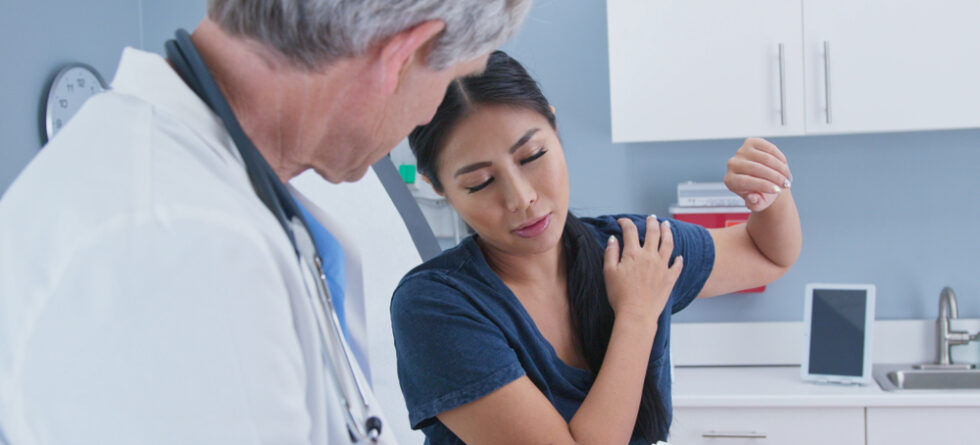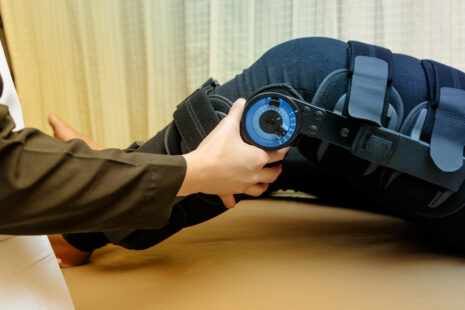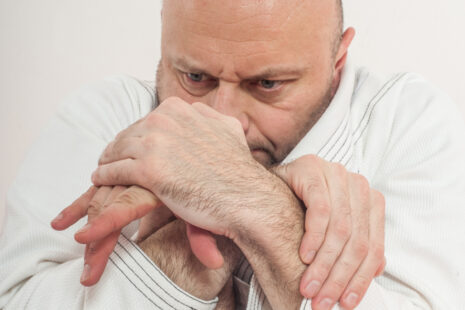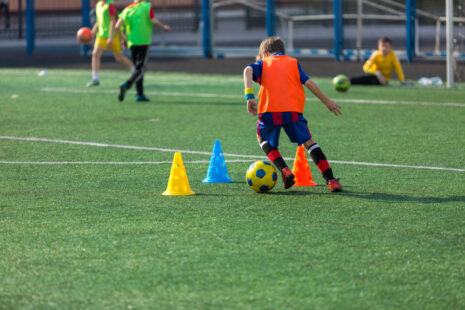Physical therapy (PT) plays a pivotal role in the recovery process from rotator cuff injuries, whether they result from acute trauma, chronic overuse, or degenerative changes. Tailored to individual needs, PT aims to alleviate pain, restore function, and improve shoulder strength and flexibility.
Here’s an in-depth look at what physical therapy does for rotator cuff injuries…
Pain Management and Reduction of Inflammation
- Cold Therapy and Heat Application – Initially, physical therapists may use ice packs to reduce inflammation and heat to relax muscles around the shoulder, helping to alleviate pain.
- Electrical Stimulation – Techniques like TENS (Transcutaneous Electrical Nerve Stimulation) can provide temporary pain relief by blocking pain signals sent to the brain.
Restoration of Range of Motion
- Gentle Stretching – Early in the rehabilitation process, therapists guide patients through gentle stretching exercises to gradually restore the shoulder’s range of motion without exacerbating the injury.
- Passive and Active-Assistive Movements – Initially, the therapist may manually move the arm (passive movements) or assist the patient in moving the arm (active-assistive movements) to improve mobility while minimizing strain on the rotator cuff.
Strengthening the Shoulder
- Isometric Exercises – These exercises involve contracting the muscles without moving the joint, providing a safe way to begin strengthening without placing undue stress on the rotator cuff.
- Progressive Resistance Training – As the patient’s condition improves, the therapist introduces resistance exercises to strengthen not just the rotator cuff muscles but also the surrounding muscles that support shoulder stability.
Improving Functional Use of the Arm
- Functional Training – Physical therapists incorporate exercises that mimic daily activities or specific sports movements to ensure the shoulder can handle ordinary tasks and, for athletes, return to sport-specific actions.
- Education on Proper Mechanics – Patients learn how to perform movements correctly to prevent future injuries, including proper lifting techniques and adjustments to work or sports practices.
Prevention of Future Injuries
- Posture Correction – Therapists may work on correcting postural imbalances that contribute to rotator cuff strain, teaching patients how to maintain shoulder alignment to minimize stress on the rotator cuff.
- Home Exercise Programs – A critical component of PT is educating patients on exercises to continue at home, reinforcing gains made during therapy sessions, and promoting long-term shoulder health.
Physical therapy offers a multifaceted approach to recovering from rotator cuff injuries, addressing pain, mobility, strength, and functionality. Through a combination of manual therapy, tailored exercises, and patient education, physical therapists guide individuals toward effective recovery and help prevent future shoulder problems. Engaging fully in the PT process and adhering to prescribed home exercises are key to achieving the best outcomes and returning to normal activities or sports with confidence.




